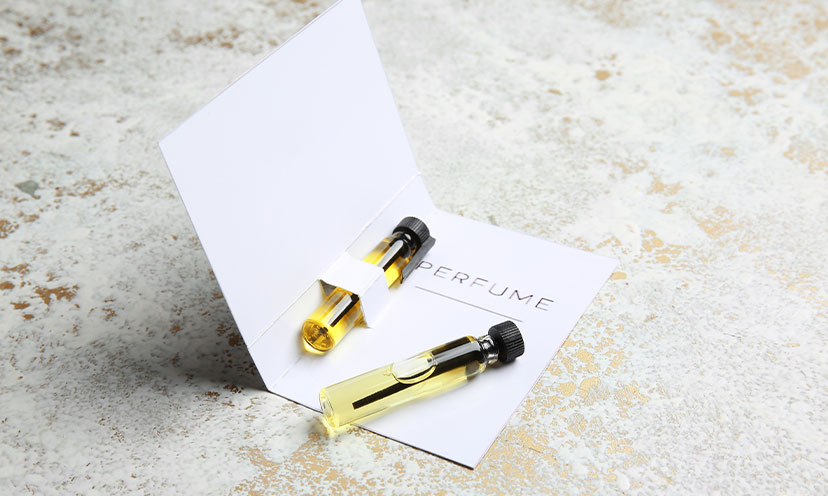Share This Article
Ever wonder why some companies practically throw free samples at you? It’s not corporate kindness – there’s actually some sneaky psychology going on that makes these programs incredibly profitable. Understanding why brands spend millions on freebies helps you spot the legitimate opportunities and avoid the sketchy ones.
Companies aren’t just being generous when they hand out free stuff. They’re making calculated bets that you’ll become a paying customer, and the science shows they’re usually right.
The Brain Tricks That Make Free Samples Work
Your Mind on Freebies
When someone gives you something free, your brain creates what psychologists call “reciprocity debt” – you feel obligated to return the favor. That’s why you feel guilty walking past the cookie sample lady at the grocery store without buying anything. Research shows 81% of consumers are more likely to try a new product after receiving a free sample, proving this psychological trigger works exactly as intended.
There’s also something called the “endowment effect,” which means once you possess something, even temporarily, losing access feels like a genuine loss. After using that travel-size shampoo for a week, buying the full bottle doesn’t feel like spending money; it feels like keeping something that’s already yours.
Why This Strategy Actually Works
Companies use samples to eliminate what marketers call “perceived risk” – that nagging worry about wasting money on something unfamiliar. Since people weigh potential losses more heavily than equivalent gains, free samples remove this fear completely. You’ll try products through sampling that you’d never risk buying blind.
Smart companies also use samples as quality signals. Research from the Journal of Retailing found that customers who sampled products before buying perceived those brands as higher quality than competitors who didn’t offer sampling. Essentially, companies confident in their products use samples as proof of superiority.

The Real Payoff for Brands (And You)
Companies like Costco have built empires partly on strategic sampling. Their data shows yogurt sales increase 55% and frozen pizza sales jump 600% when samples are offered. The key? They sample products you can buy immediately while you’re in the store.
Beauty companies revolutionized this approach with subscription boxes like Birchbox, which launched in 2010 and now boasts over a million subscribers. Even with modest 5% conversion rates from sample to full-size purchase, these programs generate millions in revenue because they create dedicated customer bases who keep coming back.
Wine and food tastings work similarly: Cornell University research shows tastings create highly satisfied customers who spend an additional $10 on average and continue purchasing in the future.
Where to Find Legitimate Sample Programs
Stick to Official Brand Sources
The safest approach is visiting company websites directly. Major brands like Procter & Gamble run P&G Everyday where you can register for verified samples and discounts. Skip the middleman sites that ask for excessive personal information – legitimate samples never require your Social Security number or credit card details.
Use Trusted Deal Sites
Reputable freebie aggregators like The Freebie Guy test offers before posting them, weeding out scams and sharing only verified legitimate samples. These sites do the homework so you don’t have to guess which offers are real.
Join Brand Loyalty Programs
Download apps from companies you already buy from and join their rewards programs. This is often how brands distribute exclusive samples and offers to engaged customers. You’re already shopping there anyway, so you might as well get the perks.

Red Flags to Dodge
Avoid any “free” sample that requires shipping fees upfront – legitimate companies absorb these costs as part of their marketing budget. Be suspicious of offers that seem too generous (like full-size expensive products) or websites that look hastily thrown together.
Never provide financial information for samples. Real sampling programs collect basic demographic information for marketing research, not your banking details. If they’re asking for credit card numbers “just to verify your identity,” run the other direction.
Making Sample Programs Work for You
Focus on products you’re genuinely curious about or categories where you’re already spending money. There’s no point collecting samples for products you’ll never actually buy – that defeats the purpose for both you and the company.
Keep track of samples that impressed you and note which brands follow through with quality products. Some companies use sampling to dump inferior products, while others showcase their genuine best sellers. Learning to tell the difference helps you find brands worth your long-term loyalty.
The Bottom Line
Companies give away free stuff because it works – samples tap into powerful psychological triggers around reciprocity, ownership, and risk reduction. When done ethically, it creates genuine win-win situations where you discover products you actually like, and companies find customers who’ll stick around.
Understanding the psychology behind sampling programs helps you navigate offers more strategically. You can enjoy the benefits of trying before buying while avoiding schemes disguised as generosity.

